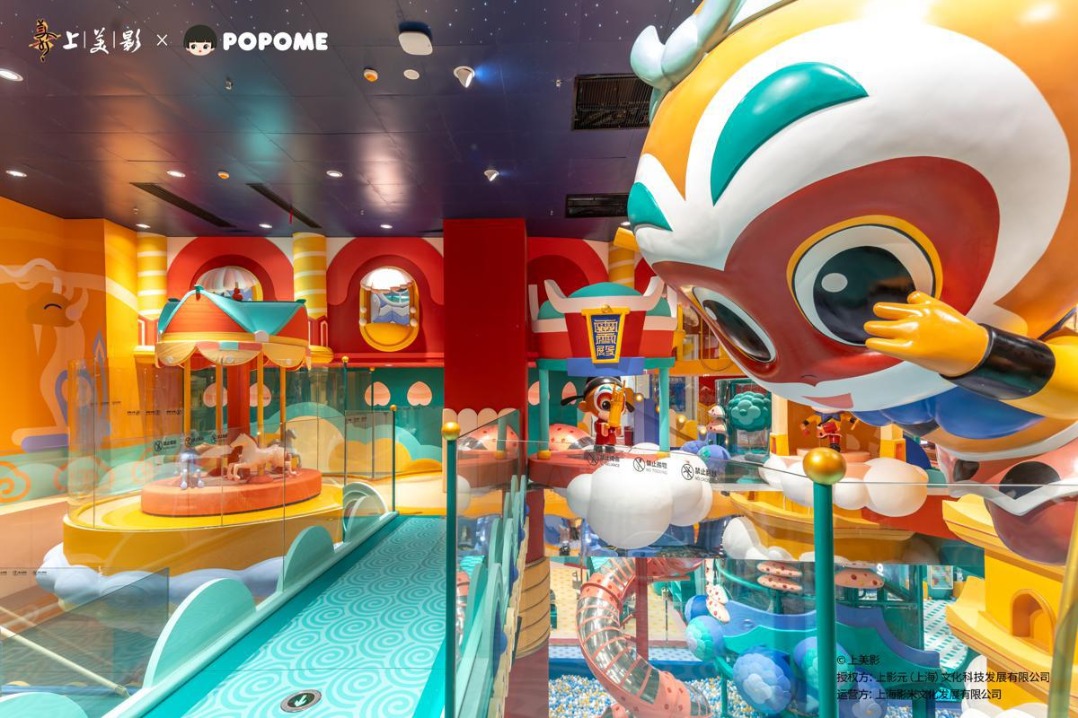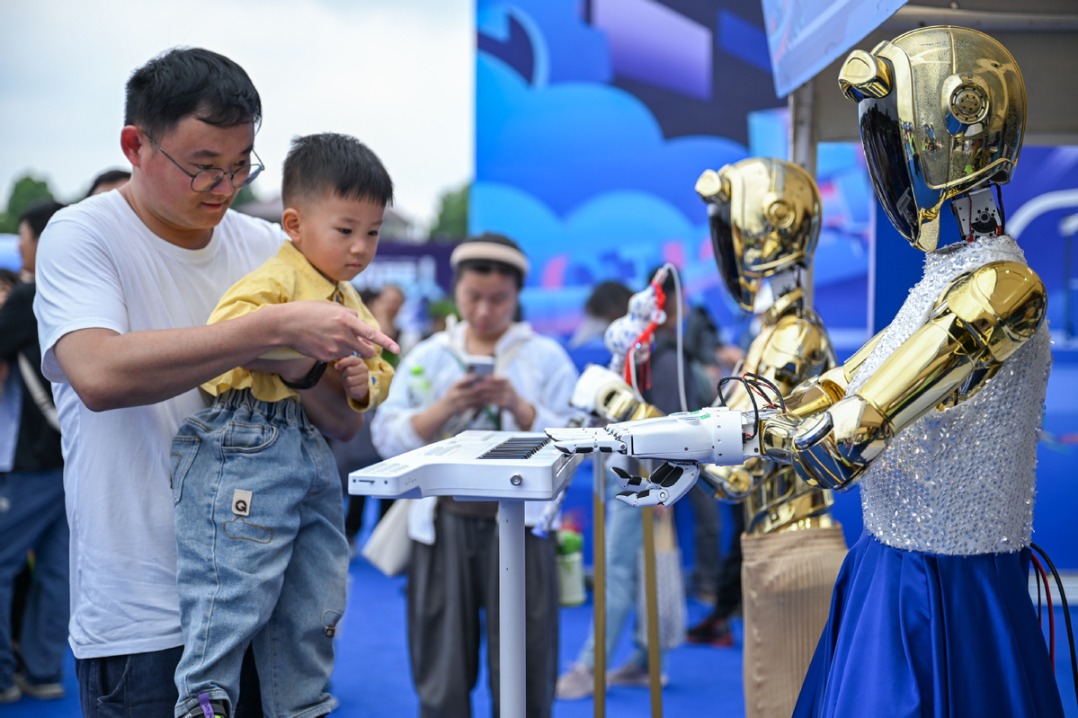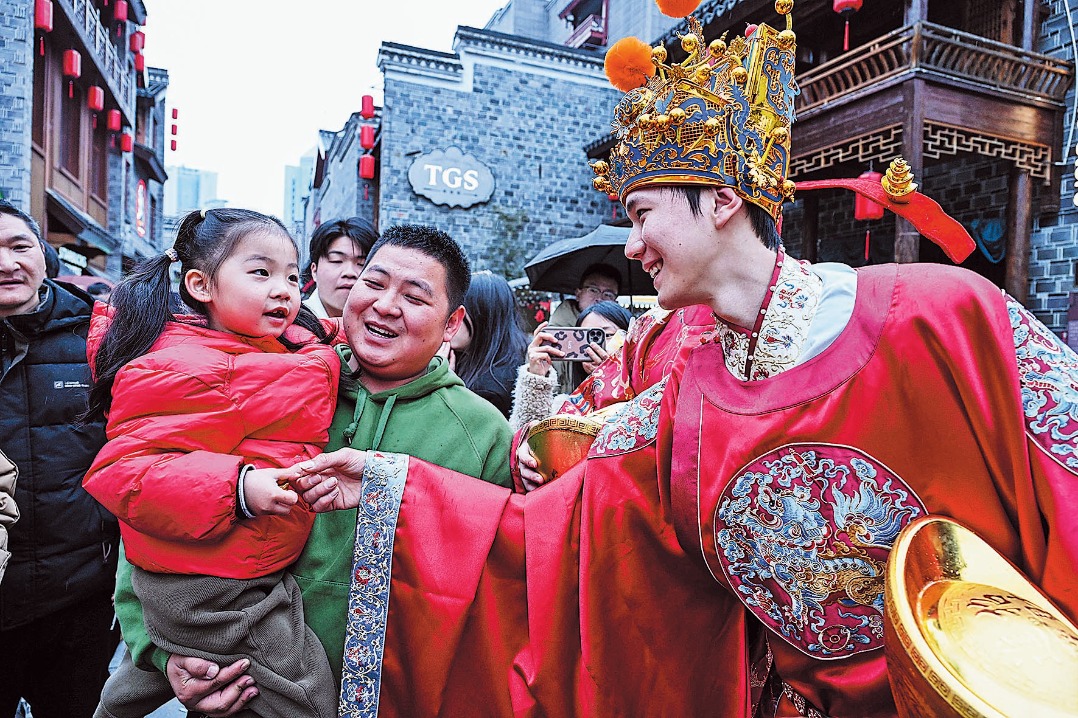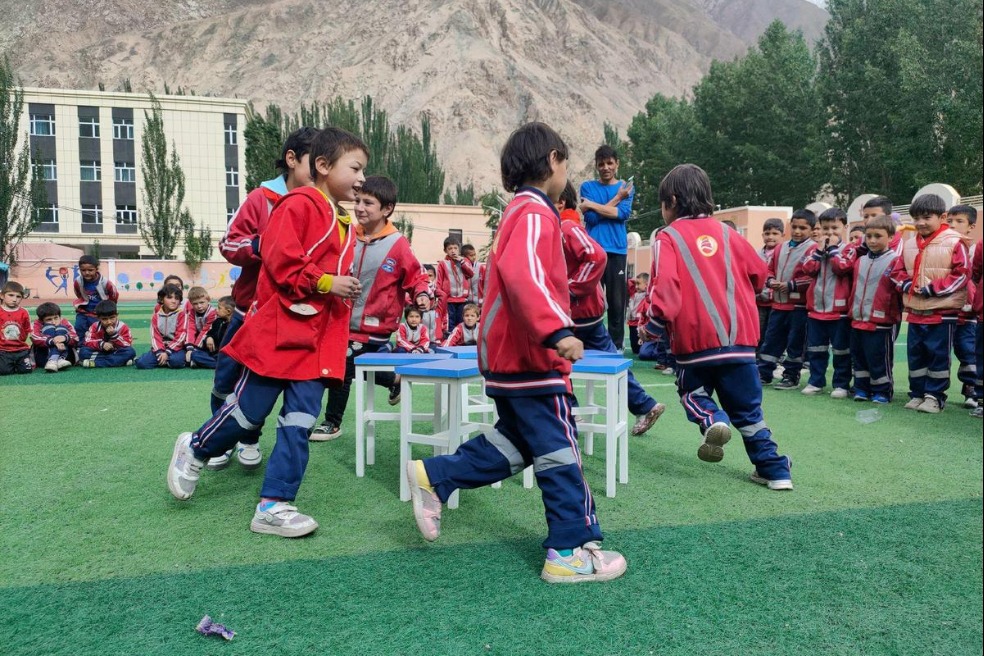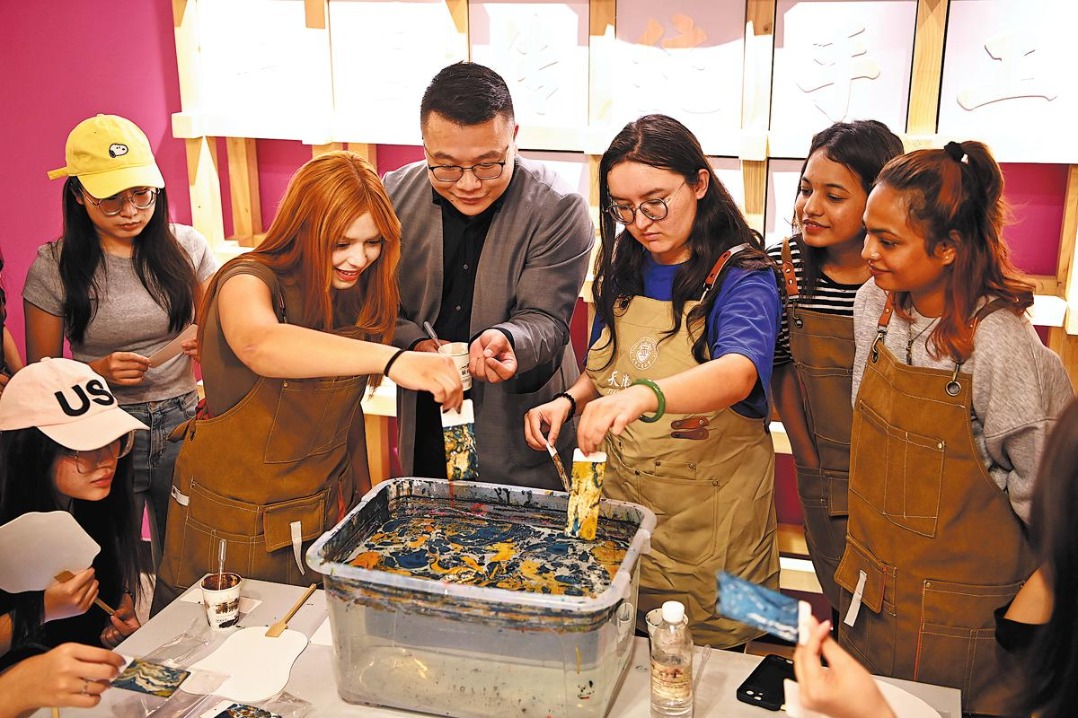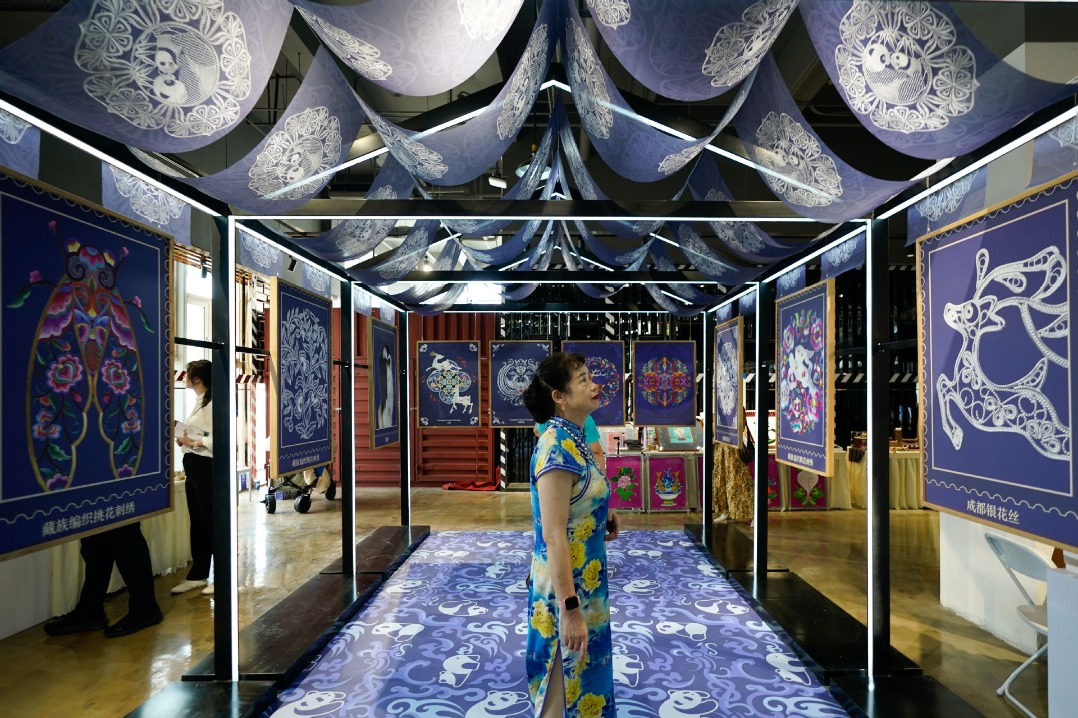New museum highlights timekeeping Taosi culture






As early as around 4,000 years ago, residents in the middle reaches of the Yellow River, where the Taosi culture originated, had already developed a comprehensive system to observe time, under the guidance of which they led a prosperous farming life.
Evidence of such is now on display at the Taosi Site Museum in Linfen in North China's Shanxi province. The museum opened to the public on Tuesday.
A total of 230 cultural relic items or sets of items in the museum, including pottery, jade, bone, bronze ware and lacquerware, comprehensively showcase the archaeological excavations and research findings of the Taosi relics site, which dates back 3,900 to 4,300 years, said Gao Jiangtao, who has been leading the Taosi site's excavations.
Gao, a researcher at the Chinese Academy of Social Sciences' Institute of Archaeology, added that the museum has provided a platform to fully present the Taosi culture, while also offering visitors a better visual experience with digital technology.
The Taosi site was discovered in 1958. Since 1978, more than 5,500 relics have been unearthed. With city ruins of an unprecedented scale and multiple functional zones, palaces and tombs of clearly defined hierarchies, the site is among the major ruins of capital cities in the early stages of Chinese civilization.
From the Taosi site, archaeologists discovered the earliest observatory known in China, according to Gao, who has been excavating and studying the Taosi site since 2003.
The observatory comprises 13 rammed earth columns arranged in a semicircular shape. Standing at a specific observation point, observers could determine the solar terms based on the position of the sun during sunrise. For example, the winter solstice occurs when the sun rises from the second narrow gap between the columns, while the spring and autumn equinoxes are marked by the seventh gap. Other astronomical instruments on display include a gear-shaped bronze ware item that experts speculate to have been used in observing phases of the moon, as well as a device called guibiao that featured a perpendicular bar that cast a shadow on a horizontal scale to indicate the time of day. Another device set with five painted wooden hourglasses is believed to have been used to count the hours.
All these instruments were used by the late Neolithic culture, which grew wheat, maize, rice and millet. Diverse farming tools and cellars to store surplus grains were found, and relics of bamboo rats and crocodiles suggest the climate used to be warm and wet.
A painted pottery plate unearthed in 1980, with a two-eared, curled dragon covered with scale markings and carrying a branch in its square mouth, is among the highlights of the museum.
The dragon pattern, which was abstracted from a variety of beasts, helps trace the origins of dragon totems in Chinese culture, Gao said.
He added that the exhibited musical instruments such as qing (chime stones), a copper bell and tuogu, a painted wooden drum that originally had a crocodile skin, reflect the culture's high level of ritual.
Li Qun, director of the National Cultural Heritage Administration, said at the museum's launch ceremony that the continuous archaeological discoveries and research findings of Taosi have provided fresh materials for the exploration of ancient history, revealing the characteristics of the early development of Chinese civilization. "It serves as compelling evidence and a vivid portrayal of the diverse and inclusive nature of the uninterrupted Chinese civilization," he said, adding that the museum's exhibits show the Taosi culture's achievements.
Contact the writers at fangaiqing@chinadaily.com.cn
- China's transportation sector leaves international students inspired
- Guangdong launches fast-track lychee distribution system
- Ministry issues reminders ahead of gaokao
- ASEAN-China Youth Hosts Camp wraps up in Guilin
- China expands pediatric services in TCM hospitals
- China to raise gasoline, diesel retail prices













